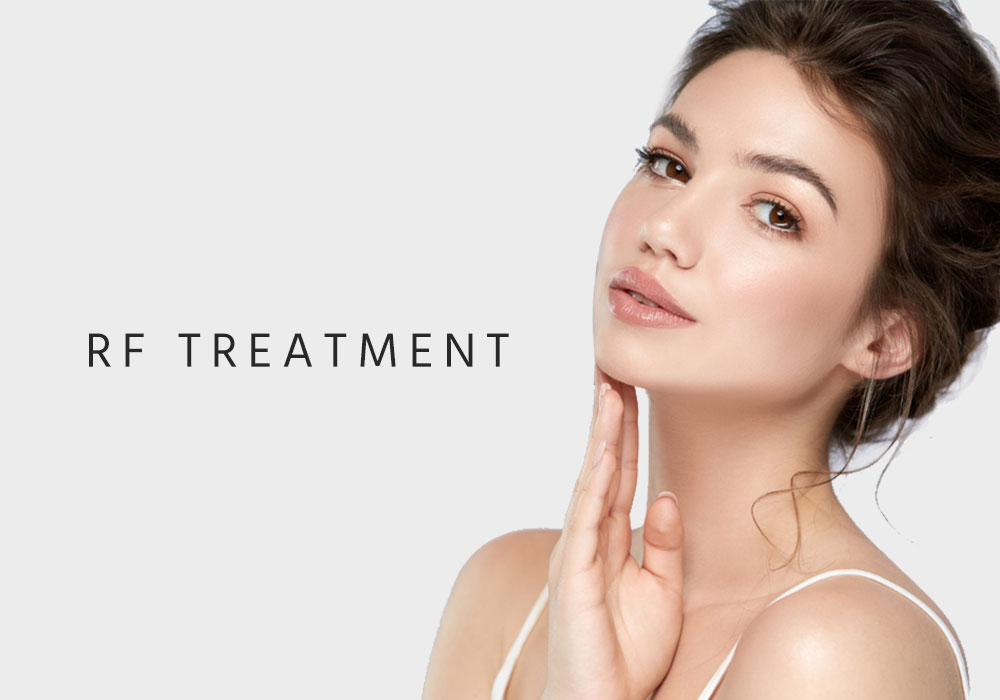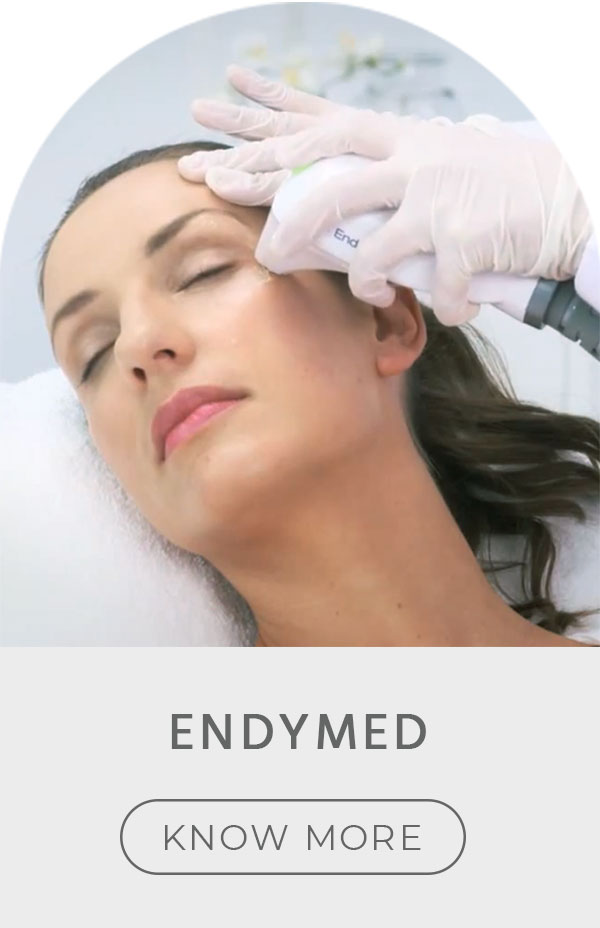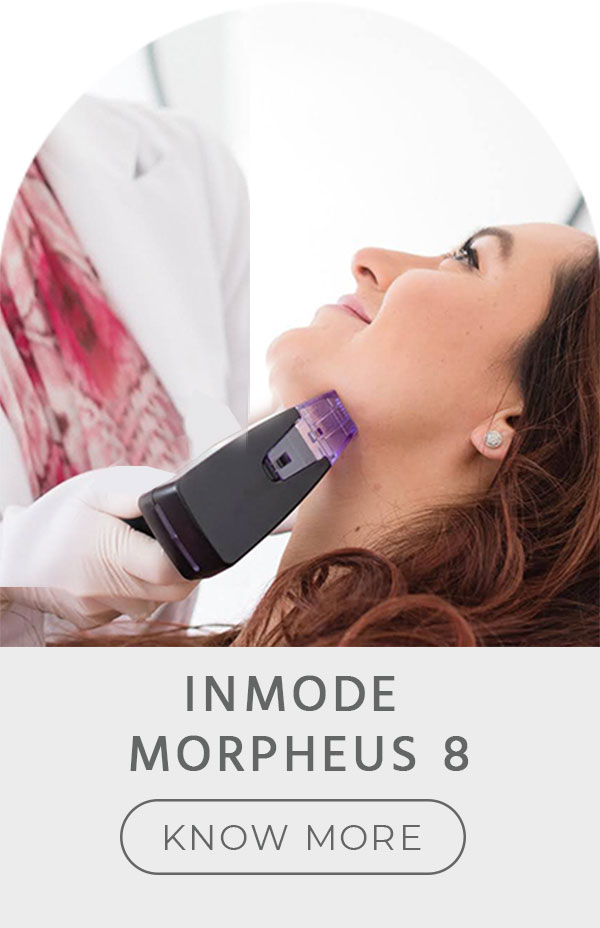RF Treatments
FAQs for RF (Radiofrequency) Treatment
1. What is RF (Radiofrequency) Treatment?
Radiofrequency (RF) treatment is a non-invasive cosmetic procedure that uses RF energy to heat the deep layers of the skin. This stimulates collagen and elastin production, leading to tighter, firmer skin and a reduction in wrinkles and sagging.
2. How does RF Treatment work?
RF treatment works by delivering controlled RF energy into the skin, which generates heat in the deeper layers (dermis) while protecting the outer layer (epidermis). This heat stimulates collagen and elastin production, which helps to improve skin texture, firmness, and elasticity over time.
3. What skin concerns can RF Treatment address?
- Skin laxity: Sagging skin on the face, neck, and body.
- Wrinkles and fine lines: Reduces the appearance of aging signs.
- Cellulite: Improves the texture and appearance of cellulite.
- Body contouring: Helps to tighten and tone specific areas of the body.
- Acne scars: Reduces the appearance of scars.
4. Is RF Treatment safe?
Yes, RF treatment is generally considered safe when performed by a trained and experienced practitioner. The procedure is non-invasive, involves minimal discomfort, and typically has no downtime.
5. What can I expect during the treatment?
During the treatment, a conductive gel is applied to the target area. The RF device is then moved over the skin, delivering controlled RF energy. You may feel a warm sensation as the energy penetrates the skin. The procedure typically takes 30 to 60 minutes, depending on the size and number of areas being treated.
6. Is there any downtime after the procedure?
There is minimal to no downtime after RF treatment. You may experience slight redness or swelling in the treated area, but these effects usually subside within a few hours. Most patients can return to their normal activities immediately.
7. How many treatments are needed?
The number of treatments required varies depending on the individual’s skin condition and goals. Generally, a series of 4 to 6 treatments spaced 1 to 2 weeks apart is recommended for optimal results. Maintenance treatments may be needed to sustain the results.
8. When will I see results?
Some patients notice immediate improvements in skin tightness after the first treatment. However, the full benefits of RF treatment typically develop gradually over several weeks to months as collagen production increases and the skin continues to tighten and firm.
9. Are there any side effects?
Side effects are generally mild and temporary, including redness, swelling, and a warm sensation in the treated area. These effects typically resolve within a few hours. Rarely, more severe side effects such as burns, blisters, or changes in skin pigmentation can occur.
10. Who is a good candidate for RF Treatment?
Good candidates for RF treatment are individuals looking to improve skin laxity, wrinkles, and overall skin texture without undergoing invasive surgery. It is suitable for most skin types and tones. A consultation with a qualified practitioner is necessary to determine suitability based on individual skin conditions and goals.
11. How do I prepare for an RF Treatment?
Preparation for RF treatment is minimal. It’s best to arrive with clean skin, free of makeup and lotions. Your practitioner may provide specific instructions based on your skin type and any concerns you may have.
12. How do I care for my skin after the treatment?
Post-treatment care involves:
- Keeping the skin clean and moisturized.
- Avoiding direct sun exposure and using a broad-spectrum sunscreen.
- Avoiding hot baths, saunas, and strenuous exercise for 24 to 48 hours.
- Following any specific aftercare instructions provided by your practitioner.
13. Can RF Treatment be combined with other treatments?
Yes, RF treatment can be combined with other cosmetic treatments such as microneedling, chemical peels, and laser treatments to enhance overall results. It’s best to consult with your practitioner to develop a personalized treatment plan.
For personalized advice and to determine if RF treatment is right for you, it’s best to consult with a qualified dermatologist or aesthetic professional.






